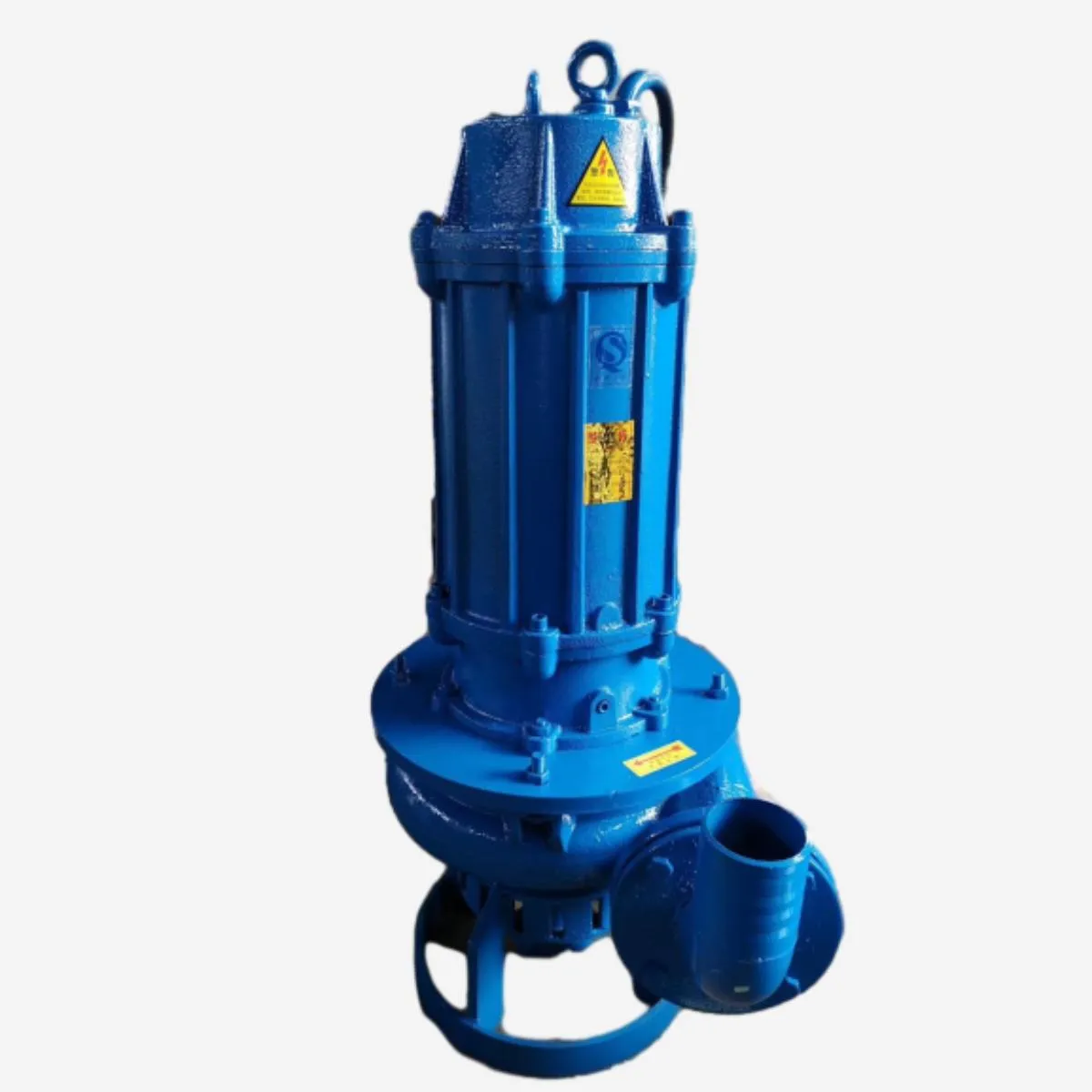Czech
- Afrikaans
- Albanian
- Amharic
- Arabic
- Armenian
- Azerbaijani
- Basque
- Belarusian
- Bengali
- Bosnian
- Bulgarian
- Catalan
- Cebuano
- Corsican
- Croatian
- Czech
- Danish
- Dutch
- English
- Esperanto
- Estonian
- Finnish
- French
- Frisian
- Galician
- Georgian
- German
- Greek
- Gujarati
- Haitian Creole
- hausa
- hawaiian
- Hebrew
- Hindi
- Miao
- Hungarian
- Icelandic
- igbo
- Indonesian
- irish
- Italian
- Japanese
- Javanese
- Kannada
- kazakh
- Khmer
- Rwandese
- Korean
- Kurdish
- Kyrgyz
- Lao
- Latin
- Latvian
- Lithuanian
- Luxembourgish
- Macedonian
- Malgashi
- Malay
- Malayalam
- Maltese
- Maori
- Marathi
- Mongolian
- Myanmar
- Nepali
- Norwegian
- Norwegian
- Occitan
- Pashto
- Persian
- Polish
- Portuguese
- Punjabi
- Romanian
- Russian
- Samoan
- Scottish Gaelic
- Serbian
- Sesotho
- Shona
- Sindhi
- Sinhala
- Slovak
- Slovenian
- Somali
- Spanish
- Sundanese
- Swahili
- Swedish
- Tagalog
- Tajik
- Tamil
- Tatar
- Telugu
- Thai
- Turkish
- Turkmen
- Ukrainian
- Urdu
- Uighur
- Uzbek
- Vietnamese
- Welsh
- Bantu
- Yiddish
- Yoruba
- Zulu
Telephone: +86 13120555503
Email: frank@cypump.com
Čvc . 27, 2024 11:47 Back to list
Understanding the Functionality and Applications of Slurry Circulating Pumps in Various Industries
Understanding the Slurry Circulating Pump Its Importance and Functionality
In various industrial applications, especially within sectors like mining, construction, and environmental management, the efficiency of material handling is crucial. One essential piece of equipment that supports these operations is the slurry circulating pump. This pump plays a vital role in the transport and management of slurry—a mixture of solids and liquids, often containing abrasive materials that require specialized handling.
What is Slurry?
Before delving into the mechanics of the slurry circulating pump, it’s important to understand what slurry is. Slurry can be made up of various materials, such as ore, chemical mixtures, or waste products. These mixtures can vary significantly in consistency, temperature, and chemical composition, drastically affecting how they must be handled. Due to the presence of solid particles, slurries can be highly abrasive and corrosive, necessitating dependable pump systems to facilitate their movement.
The Role of Slurry Circulating Pumps
Slurry circulating pumps are specifically designed to transport slurry mixtures efficiently. Unlike standard pumps that typically handle clean water and light liquids, slurry pumps are robust machines equipped to handle more challenging environments. They are constructed from high-quality materials which resist wear and corrosion, thus ensuring longevity and operational efficiency.
The fundamental principle behind a slurry circulating pump involves creating a pressure differential that drives the fluid through the system
. The pump’s impeller, a rotating component, generates this pressure difference, pushing the slurry into the pipeline. The design of these pumps usually includes wider passages and thicker walls to accommodate larger particles and high viscosity, reducing the likelihood of clogging.Types of Slurry Pumps
slurry circulating pump

There are primarily two types of slurry pumps vertical and horizontal.
1. Vertical Slurry Pumps These are typically used for applications where space is limited and the pump needs to be submerged. They excel in lifting slurries from deep pits or sumps.
2. Horizontal Slurry Pumps These are more commonly found in general slurry handling. Designed for easy maintenance, these pumps can transfer slurries over long distances and are often used in mining and dredging applications.
Applications in Industry
Slurry circulating pumps have a wide range of applications across different industries. In mining, they are used to transport ore slurries from the extraction site to processing plants, where the valuable minerals are separated from the waste materials. In construction, these pumps may handle cement slurries or other construction materials, ensuring efficient delivery to desired locations. Moreover, in wastewater management, slurry pumps are integral for conveying sludge, helping water treatment facilities to operate smoothly.
Conclusion
The importance of slurry circulating pumps cannot be overstated. They are vital in ensuring the smooth transfer and management of slurries across numerous industrial processes. By optimizing the movement of these abrasive materials, slurry pumps help maintain productivity and efficiency while mitigating downtime caused by equipment failure. As industries continue to evolve and embrace more significant challenges, the development of innovative slurry pump designs and technologies will be essential in meeting these demands effectively. Understanding the function and applications of slurry circulating pumps can help industry professionals make informed decisions on equipment selection and maintenance, ultimately leading to enhanced operational outcomes.
-
Horizontal Split Case Pump with GPT-4 Turbo | High Efficiency
NewsAug.01,2025
-
ISG Series Pipeline Pump - Chi Yuan Pumps | High Efficiency, Durable Design
NewsAug.01,2025
-
Advanced Flue Gas Desulfurization Pump with GPT-4 Turbo | Durable & Efficient
NewsJul.31,2025
-
ISG Series Vertical Pipeline Pump - Chi Yuan Pumps | Advanced Hydraulic Design&Durable Construction
NewsJul.31,2025
-
ISG Series Vertical Pipeline Pump - Chi Yuan Pumps | Energy Efficient & Low Noise
NewsJul.31,2025
-
pipeline pump - Chi Yuan Pumps Co., LTD.|High Efficiency&Low Noise
NewsJul.31,2025










